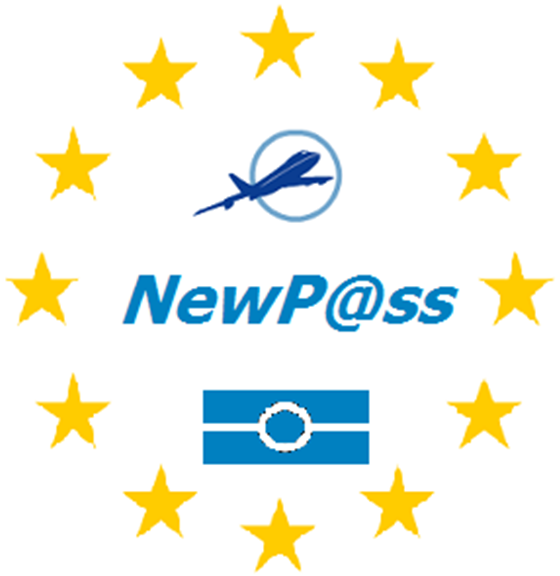

Welcome
To the NEWPASS official website!
Description
General goals
The NewP@ss project targets the development of advanced (microelectronics and embedded SW) secure platforms suitable for the coming of new e-Passport generation currently under discussion at the ICAO (hence usable and recognized as approved travel document at European and International level) but which could also be used for hosting dedicated e-services applications of both government and/or private nature. In a more precise way, the project will target the following objectives: - Develop all needed HW and SW technologies needed for supporting the next generation epassport. This new generation will in particular support the new LDS1+/2+ (Logical Data Structures) under discussion at ICAO which will enable a fundamental conceptual shift on passport usage, enabling it to become a true multi-application device; - Develop all needed technology bricks that will be needed for reaching the performance and functionality levels requested by the ICAO and EU or International regulatory bodies (new cryptographic protocols such as SAC, high-speed contactless interfaces e.g. VHDR/VHBR, efficient biometry); - Develop complete proofs of concepts for new e-passport implementation, resulting on a combination of advanced secure 32 bit microcontrollers, advanced embedded SW platforms based on small footprint multithread OS, secure compact fixed or mobile readers; - Develop all the needed security and privacy concepts needed for guarantying the target life-time (5-10 years) of the target e-passport platforms as well as the proper level of isolation between applications; - Provide functional test suites and reference implementations, suitable for further interoperability testing; - Validate the proofs of concepts of the e-passport platforms on use cases pertaining to egovernment and non e-government use cases. The setting up of some of these cases will also implicate the development/validation of the needed security mechanisms for the proper handling of the security credentials (Certificates, PKI schemes).
The project will leverage on the results of: - the former MEDEA+ Onom@Topic+ project and especially reuse the open middleware architecture; - the MEDEA+ BioP@ss project, involving some of the Consortium partners and from which major elements will be reused (especially the project inputs to the appropriate standardization committees as well as some technology bricks, including very low power techniques, VHDR/VHBR protocol, Cryptographic protocol specification, security evaluation methodology, etc.).
The prime developments targeted by the project are targeting the third and the fourth e-Passport generations (third expected to be put in place in Europe by end 2014/2015 with SAC protocols, fourth with LDS2 implementation) as well as several other derived e-documents such as the electronic Resident Permit, based on ICAO standards with new specificities as LDS2 (Logical Data Structure 2) currently under finalization. It is nevertheless expected that the project application fields could cover other areas such as e-ID, electronic voting or electronic driving licenses.
Strategic relevance (for Europe)
This project contributes to the Grand Challenge ‘”Consumer and Citizens security” of the AENEAS/CATRENE VMS. The applications targeted by the Newp@ss project have both large economical, societal and technical impact and are supposed to represent a huge part of the complete e-Passport market by 2015-2020. They share in common some stringent needs in terms of security and interoperability at European and international levels. On e-travel, the European e-Passport scheme is viewed as a reference over the World; i.e. the implementation of the new protocol SAC could be largely promoted through this project and proposed for Europe and out of Europe. It will allow promote European standards and European industries. The Digital Agenda sets out the EC’s strategy for addressing the main challenges and developments in the information society and media sectors up to 2020. It aims to improve efficiency, modernize administration, reduce bureaucracy and enable citizens to communicate with the various administrative authorities more easily. Once citizens have a secure national ID card and e-Passports, they will be able to gain access more easily to services in an expanded eadministration.
|
